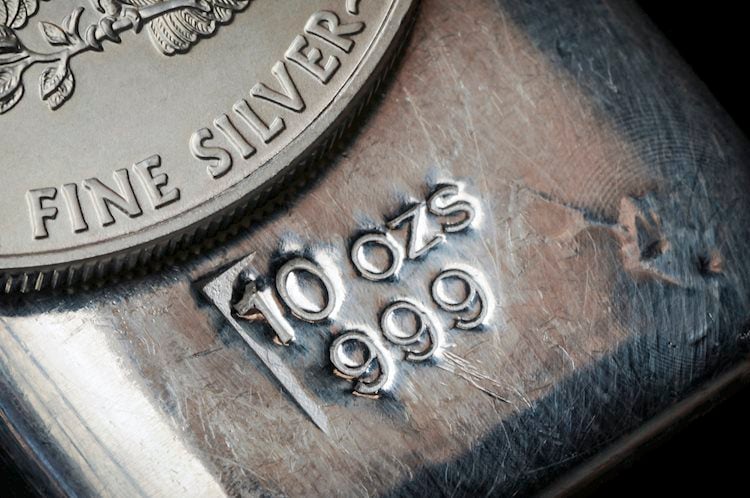The US S&P 500 is already up 8% for the month. The tech-heavy Nasdaq Composite is even up 10%. But professional investors apparently don’t trust the rally in US stocks: their hedges against falling prices remain high. This is according to the analysis of financial data provider S3 Partners, Handelsblatt comments.
In exchange-traded funds (ETFs), only $3.5 billion worth of bear bets have been closed in the past 30 days, or just 1.5% of today’s short positions. Professional investors are losing money on their hedges today: in the last 30 days, they lost $12.5 billion on their bets.
Institutional investors are either hedging their portfolios with these “small bets” on ETFs or actively betting on falling prices. Therefore, the way they manage positions is considered an indicator of market development. Before the May crash, for example, they built up their hedges massively – before the July counter move, the need to hedge decreased again.
In Standard & Poor’s provider Standard & Poor’s “SPDR S&P 500 ETF” (ticker symbol SPY), which refers to the leading index S&P 500, the short quota increased from 19.66% to 20.63% in 30-day depth. This means that over every fifth stock has a hedge position.
The increased hedging reflects market skepticism about whether the recent rally has gone too far. Paolo Zanghieri of Generali Investments says: “The slowdown in US inflation has eased fears of overly aggressive Fed action, but it does not represent a decisive shift in monetary policy as the main drivers of inflation, such as energy prices and of goods, remain high”.
Has the recovery been delayed?
Lisa Shalett, chief investment strategist at Morgan Stanley Wealth Management, made similar comments on Bloomberg’s financial services podcast “What Goes Up.” He warned investors to chase the recent rally. This is because inflation is still very high, so further rate hikes should be expected, she said. “The direction (of inflation) is right, but the level is wrong.”
However, if professional investors change their minds and largely unwind their hedges, this will lead to a rally in the markets. This is because they have borrowed ETF shares for their short bets and sold them immediately in order to be able to buy them back cheaper before the redemption date. If prices rise and traders want to exit their bets, they must buy back those shares in the bull market. This would further strengthen the upward trend in prices.
The value of open bets rises to $234 billion
In total, $234 billion worth of US ETFs were recently shorted. Over the past 30 days, this “short interest” has increased by approximately five billion dollars. However, this is due to a technical effect. The value is calculated by multiplying the number of outstanding shares by the current price. So when the prices go up, so does the value of the bets.
The largest positions are in the already mentioned “SPDR S&P 500 ETF” with meanwhile $77 billion. They are followed by the “Invesco QQQ Trust ETF” (QQQ), which refers to the Nasdaq 100 technology index, with just under $23 billion, and the “ISHS RUSSELL 2000 ETF” (IWM), which refers to the Russell 2000 small-cap index. with just under $21 billion.
New among the ten largest positions compared to the July 11 survey are the “ISHS S&P 500 ETF” (IVV), another ETF in the S&P 500, as well as the “SPDR INDUSTRIAL SELECT SECTOR ETF” (XLI), which invests in stocks with an emphasis on US industrials.
The largest positions there include railroad company Union Pacific Railroad, engineering company Caterpillar and defense company Lockheed Martin. The share price is up nearly 15 percent since mid-June. Obviously, more investors now see the risk of a correction.
The rise is even sharper in the “SPDR S&P BIOTECH ETF” (XBI), which covers the biotech stocks of the S&P 500. The price is up nearly 50 percent since mid-June. Now professional investors are positioned for a correction.
Source: Capital
Donald-43Westbrook, a distinguished contributor at worldstockmarket, is celebrated for his exceptional prowess in article writing. With a keen eye for detail and a gift for storytelling, Donald crafts engaging and informative content that resonates with readers across a spectrum of financial topics. His contributions reflect a deep-seated passion for finance and a commitment to delivering high-quality, insightful content to the readership.






